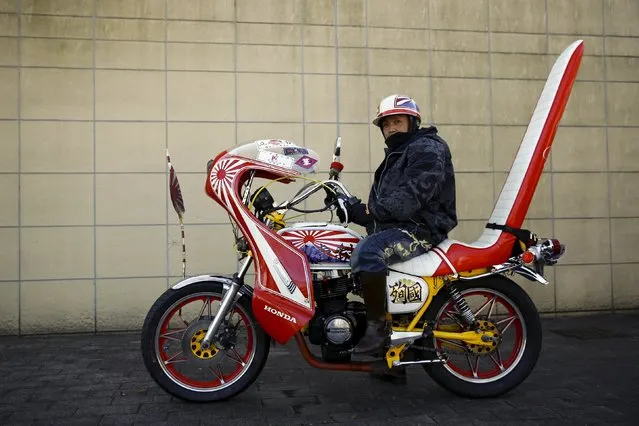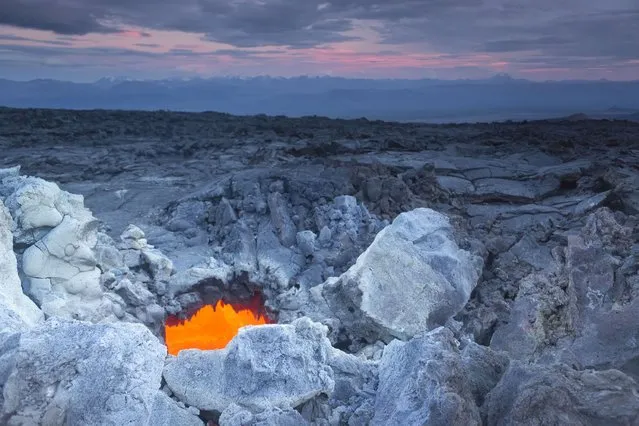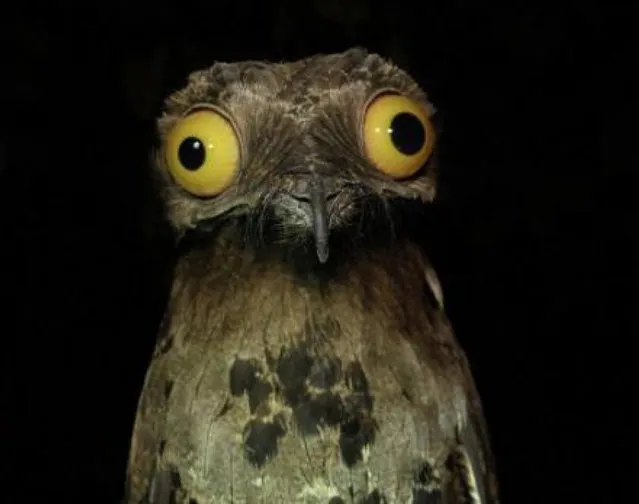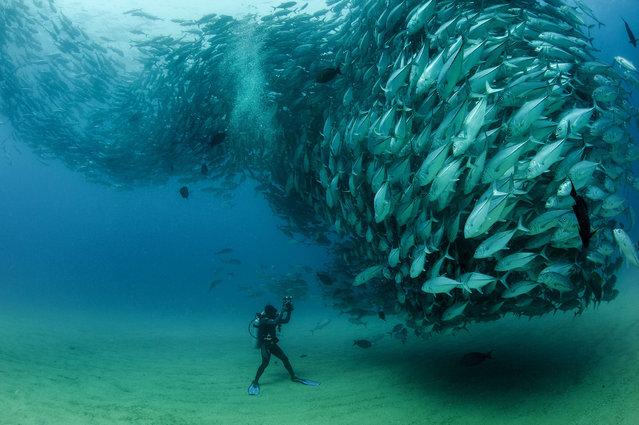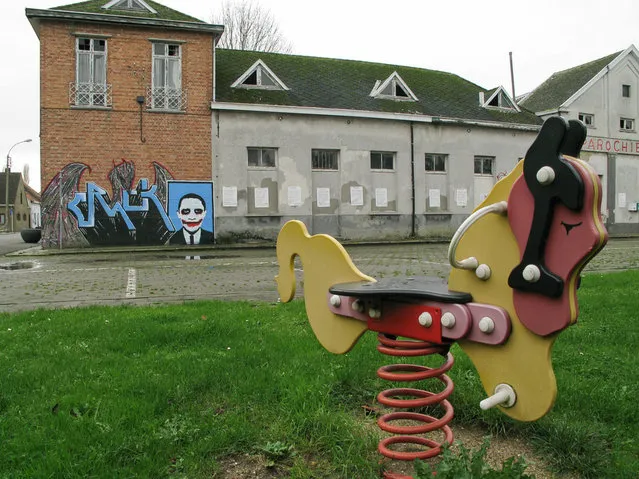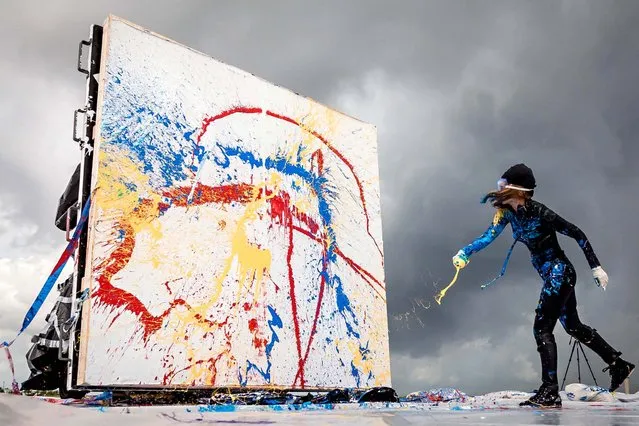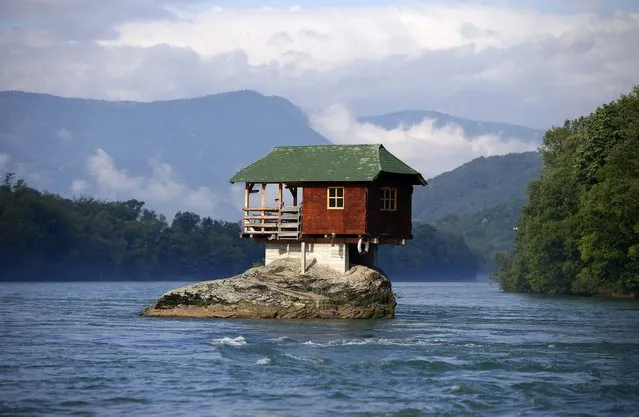
A contestant of the World Beard And Mustache Championships poses for a picture during the opening ceremony of the Championships 2015 on October 3, 2015 in Leogang, Austria. Over 300 contestants in teams from across the globe have come to compete in sixteen different categories in three groups: mustache, partial beard and full beard. The event takes place every few years at different locations worldwide. (Photo by Jan Hetfleisch/Getty Images)
06 Oct 2015 08:06:00,post received
0 comments

